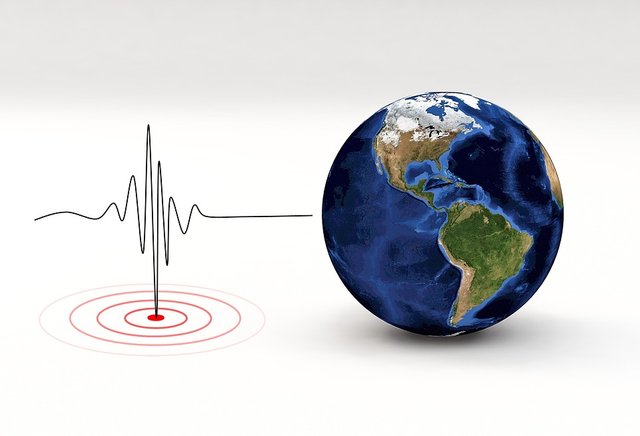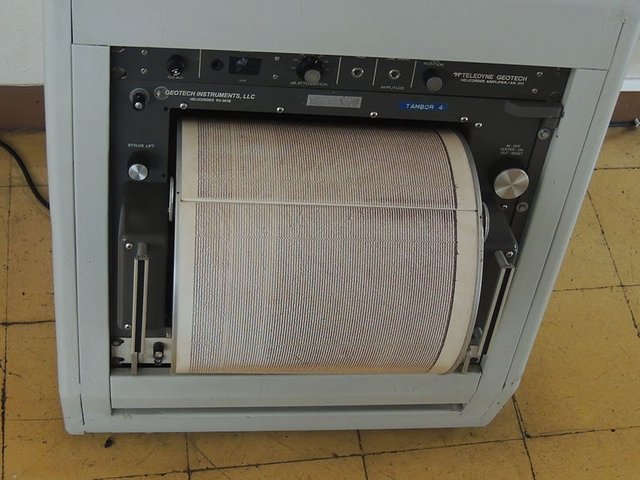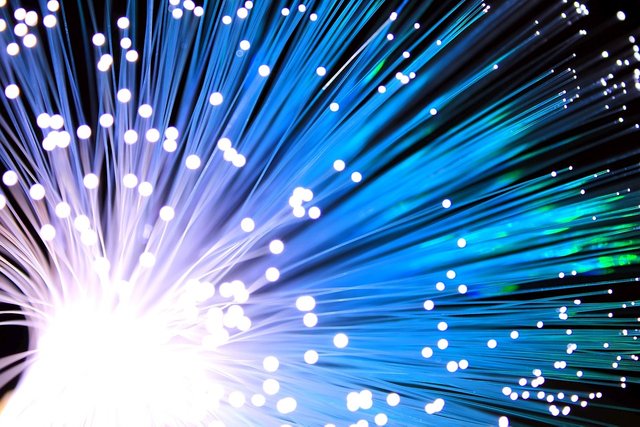Fiber optic cables as seabed seismographs

For professionals in geology and geophysics, measuring the sudden movements exerted by land masses has always been a vital issue because, in addition to the normal mechanical movements that occur at the level of the tectonic plates, the planet earth also experiences abnormal or telluric movements that have historically triggered great tragedies.
Now the experts in geology and geophysics to measure the propagation of movements experienced by the planet both normal and abnormal, usually use an instrument called a Seismograph, whose technical configuration is based on the principle of inertia of the bodies, as we know this principle tells us that all bodies have a resistance to movement or to vary its speed, hence, the differences and oscillations experienced by the ground can be recorded by this equipment.

Fig. 2 The Seismograph is the conventional instrument used to measure the propagation of movements experienced by the planet. Image of public domain, Author: Madricr, 2013
In this sense we can intuit that the normal and abnormal movements experienced by the earth's crust is a data collected by these devices called seismographs, however, geologists and geophysicists are currently promoting an alternative way to perform this type of monitoring, mainly through electromagnetic polarization, this as part of their strategies focused on transmitting as much data as possible that serve to analyze the oscillations, and thus more accurately predict potential earthquakes.

Fig. 3 A new method to measure the propagation of the earth's crustal movements by electromagnetic polarization is being considered in the present day. Image of public domain, Author: Chaitawat, 2017
The electromagnetic polarization data recording strategy that is currently being used as an alternative method to seismographs is the exploration of the seabed using fiber optic cables, since it has been determined that this type of cables can be used as sensors to detect abnormal movements in the light they carry, therefore, it is understood that any disturbance experienced by the earth's crust can be captured by the light pulses that go inside this type of cables.
BIBLIOGRAPHICAL REFERENCES CONSULTED:
[1] Hiroyuki M., Eiichiro A., Toshinori K., Gou F., Kazuya S Detection of hydroacoustic signals on a fiber-optic submarine cable. Nature - Scientific Reports. 2021. Article: Online access
[2] Fesenmaier K Using submarine cables to detectnearthquakes. Caltech. 2021. Article: Online access
OBSERVATION
